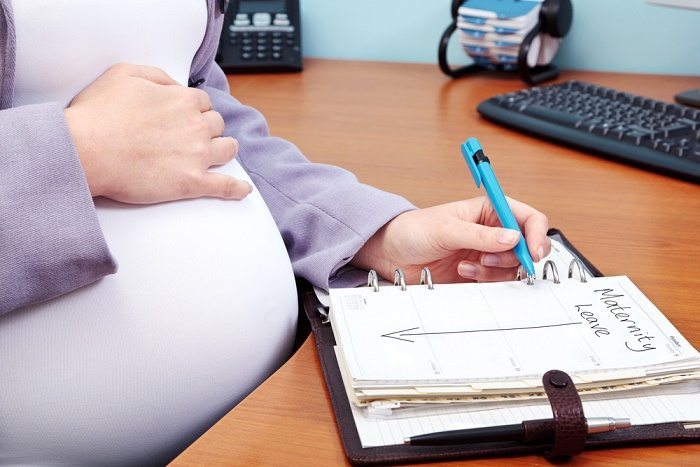Parental Leave: Take It, Don’t Leave It
It’s time to take bold action to stop putting family health at risk—corporations and municipalities, states, and the federal government should mandate parental leave for both parents for births and adoptions.

A flurry of recent announcements among high-profile companies and their leaders signal that the value of paid parental leave is becoming part of the national debate about family health and equal opportunity in the workplace. Netflix, for example, recently took a huge step when it announced that up to 52 weeks of paid time off are available for parents. Yet paid leave is still only available to 13 percent of all private-sector workers, and many public employees also do not have access to it. It’s time to take bold action to stop putting family health at risk—corporations and municipalities, states, and the federal government should mandate parental leave for both parents for births and adoptions.
Why mandate parental leave for both parents? Even with family-friendly leave policies in the employee handbook, sometimes messages from the top are mixed. Take for example Yahoo! CEO Marissa Mayer, who recently announced she would take a very limited time off after the birth of twins, even as her company provides 16 weeks of paid maternity leave and eight weeks of paternity leave. That may well have a chilling effect on the decisions of middle and senior-level women managers, not to mention new fathers. We need more examples like Blake Mycoskie, CEO of TOMS Shoes. By taking 12 weeks off after his son was born, he sent a strong signal from the top: It’s OK, fathers need not fear that taking time off will hurt their careers. Mandating leaves would leave no room for employers and managers to create environments, intentional or not, in which new parents felt pressured to shorten their time off or skip it altogether.
We can also look at lessons from countries such as Denmark, Sweden, Norway, and Finland, which have high rates of women in the workforce and have been leaders in providing generous, paid leave policies for women. The problem, without equal father participation, is the “boomerang” effect: Women returning to work are left behind, with wages stagnating. In a study of 22 countries, researchers at Cornell found that generous family-friendly policies like long maternity leaves and part-time work protections in Europe made it possible for more women to work—but that they were more likely to be in dead-end jobs and less likely to be managers.
Typically, the conversation about family leave is framed as the need to give new mothers the time to recover from pregnancy, to breastfeed, or to bond with their infants. Expanding that access for mothers is a crucial first step. However, more than half of those women who are not in the workforce still cite family needs as a reason, underpinning the disproportionate responsibility for childrearing women continue to take on. We must keep in mind that women are fueling our economic engine, contributing not only to household prosperity, but also to corporate bottom lines. Yet women have been losing out on promotions and leadership opportunities as they face a stigma attached to motherhood in the workplace.
That’s why it’s vital to require both parents to take leave—to enhance the quality of overall family health and to address the structural pay inequities women face on their professional path. A career pause for women (who are the ones most often taking a longer leave for the birth of a child) results in penalties for time away from work. In turn, the low wages that result, especially if a woman’s partner did not face similar penalties, may compel her to stop working to try to avoid the cost of child care. Insisting that both parents take the leave begins to level the playing field. Without mandatory leave for both parents, women continue to be the parent most likely to leave, and the cycle continues.
In the United States, technology firms—notably, Microsoft and Accenture—are among those leading the move for extended leave for both parents. They recognize that fathers play a critical role in the early months of paternity, and they understand that paid leave is not just equitable, it also is a key tool for recruitment of employees. Multiple studies have shown that companies that adopt parental leave policies and flexible work options for parents have higher employee engagement and retention and higher employee productivity.
In the nearly five years that I have been the president and CEO of Chicago Foundation for Women, we’ve had four new moms. I am privileged that all of them have come back to work after our 12 weeks of maternity leave. They are valued members of our organization, and parental leave is a small period of absence in light of the contributions they have continued to make in the growth and success of the organization. Furthermore, at CFW, we will be reviewing our own policy to require extended time off for women and men.
And the movement is expanding. In Chicago, Mayor Rahm Emanuel has set up the Working Families Task Force, of which I am a member, to consider requiring employers to provide mandatory paid leave for women and men. Chicago would be among the first cities in the country to do so.
This message must be embraced by both men and women—and, most importantly, by employers. It’s time to break the cycle and provide equal opportunities for parents and workers.
